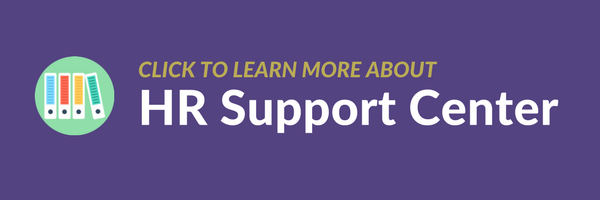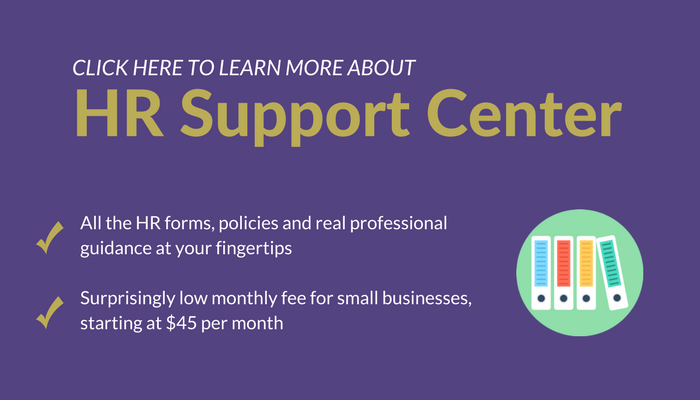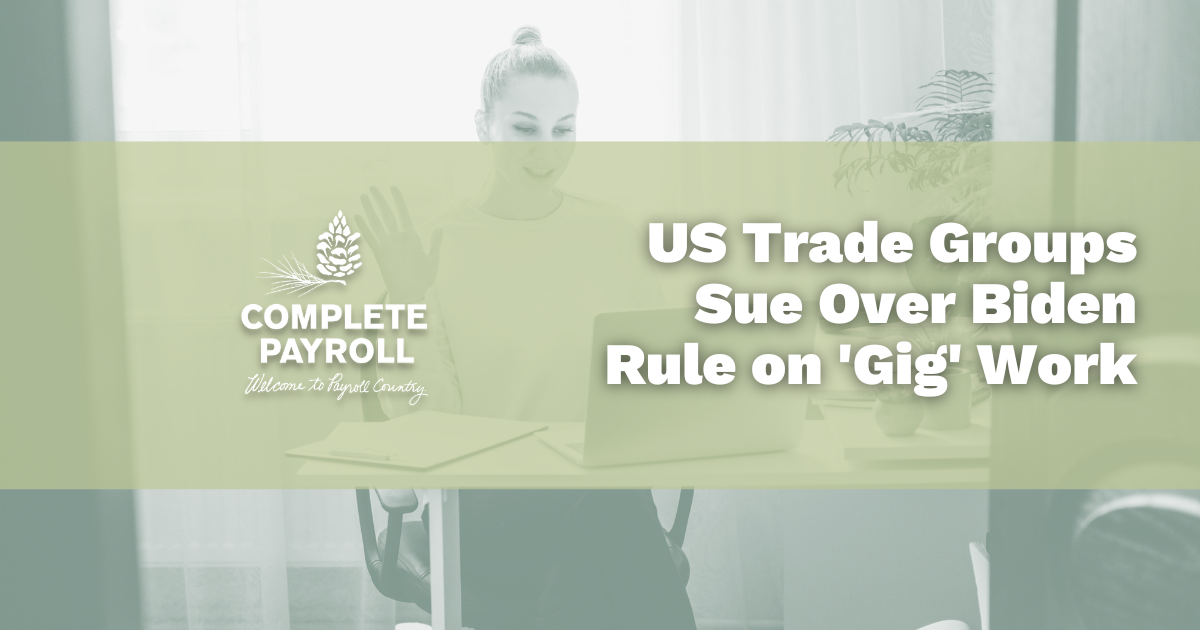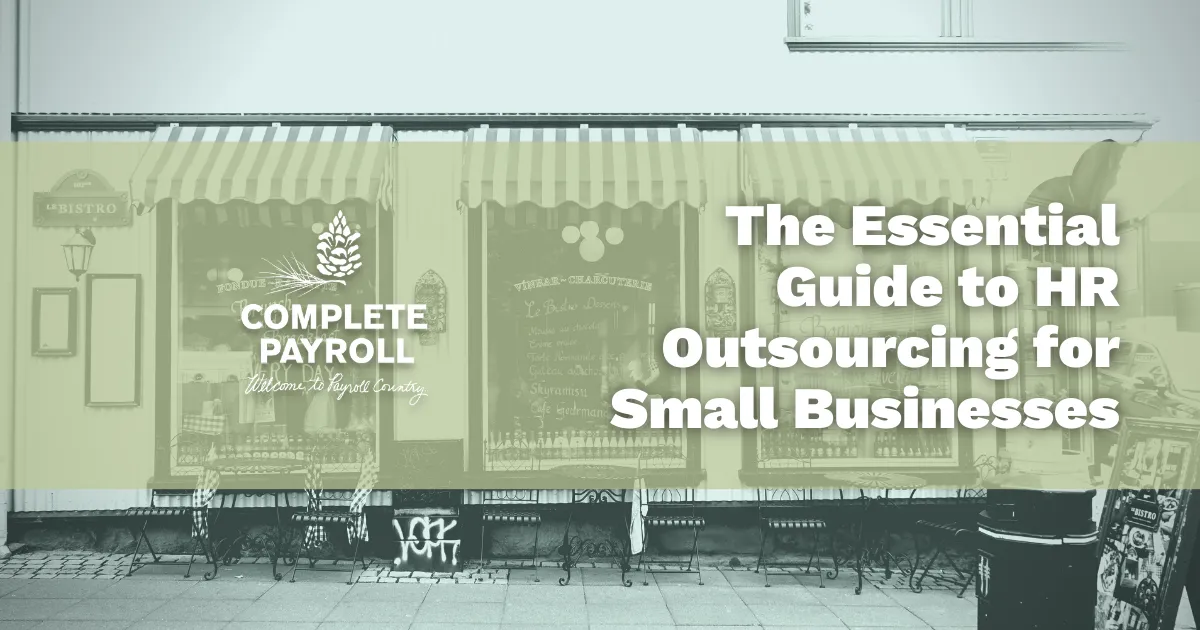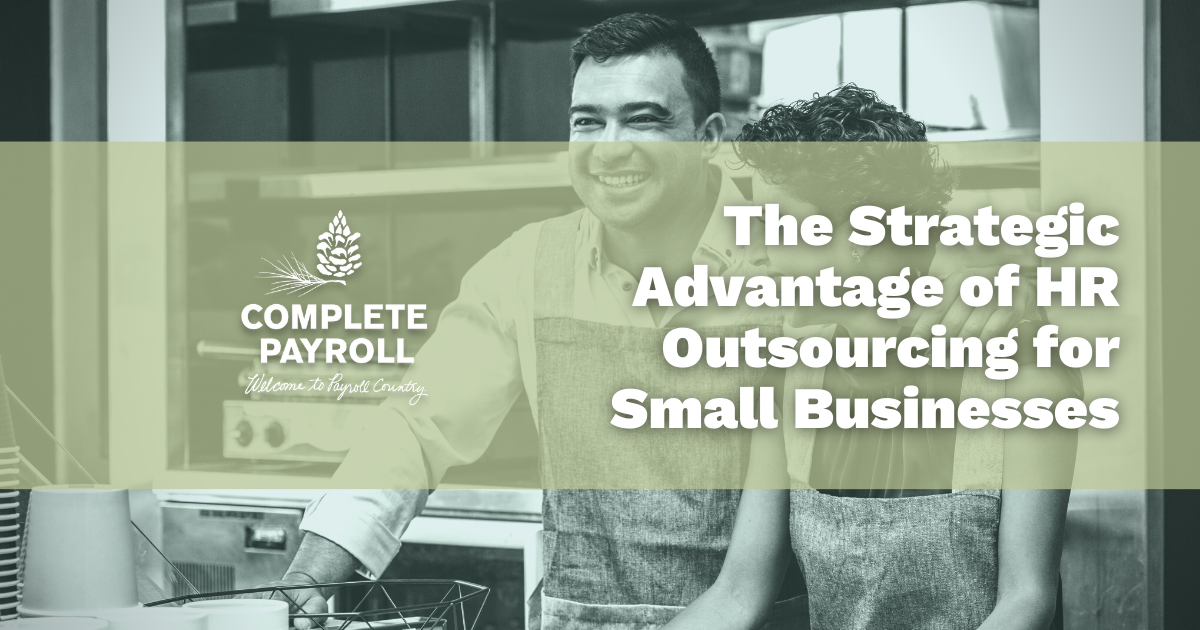How to handle sexual harassment by managers, customers or vendors

Written by Complete Payroll


Much has been written and said about an employer's liability for sexual harassment by its own employees. However, you can also be liable when a non-employee harasses one of your employees. Both the courts and the Equal Employment Opportunity Commission (EEOC) have found that an employer may be held liable for sexual harassment of its employees by someone outside of the organization, such as a customer or vendor.
Unfortunately, there is little guidance as to the extent of your duty in this area. Clearly, you may have a particularly difficult time addressing the problem if you depend on the harasser's organization for a large part of your business. Still, you have an obligation to protect your employees by investigating the complaint and by attempting to resolve the situation satisfactorily with both the employee and the alleged harasser.
Two EEOC conditions to know about
According to the EEOC Guidelines referring to a discrimination complaint based on sex, an employer may be responsible for sexual harassment by non-employees, such as customers or vendors, if two conditions are satisfied.
- You must either have actual knowledge of the harassment or have reasonable knowledge about the problem; and
- You must have failed to take immediate and appropriate corrective action.
The EEOC's Guidelines indicate that the Commission will consider the extent of the employer's control and any other legal responsibility the employer may have with respect to the conduct of the non-employees. Generally, courts that have considered the issue of non-employee harassment have agreed with the EEOC and have ruled that a harasser's non-employee status does not automatically shield the employer from liability.
A court case involving the Las Vegas Hilton Corporation stated that Title VII of the Civil Rights Act of 1964 gives employees the right to work in an environment that is free from discriminatory intimidation, ridicule and insult. For this reason, an employer may be liable for sexual harassment by non-employees, including clients, customers and independent contractors.
In another Tenth Circuit ruling, it was determined that a staff psychologist at a state mental health facility had a reasonable claim for a hostile environment sexual harassment suit after a patient sexually assaulted her. The hospital knew its patients created a sexually hostile environment and, therefore, had a duty to take all reasonable actions to alleviate known or obvious risks. The employee provided sufficient evidence to prove that the hospital did not take adequate measures to protect its staff.
Similarly, a court of appeals upheld a $200,000 jury verdict for an employee who was sexually harassed by a customer. The employee's supervisor failed to take appropriate action to stop the harassment, as directed by the employer's policy, even after the employee alerted him to the customer's inappropriate behavior.
In contrast, the Ninth Circuit in Folkerson v. Circus Circus Enterprises, Inc. (1997) found that the employer took reasonable steps to protect its employee from customer harassment. In that case, the employee (who was a mime dressed as a life-size doll) wore a "do not touch" sign, was accompanied by a male performer, and had other employees warning patrons not to touch her. Thus, the court determined that the employer did not ratify or acquiesce in a patron's harassment when the patron touched the employee after being repeatedly warned not to do so.
It should be noted that the harassment claims discussed above, and most sexual harassment claims involving non-employees, are characterized as "hostile work environment" claims rather than "quid pro quo" harassment. These claims were based on the grounds that these non-employees were not in a position to grant or deny tangible job benefits.
However, an employer can be liable for "quid pro quo" harassment if the employer orders an employee to submit to a customer's sexual demands. The First Circuit held an employer liable for quid pro quo harassment by a customer because it ratified and acquiesced in the customer's demands. The court determined that the employer explicitly told a female employee to give in to those demands to satisfy the customer and then conditioned her future with the company on her responding to the customer's unwanted sexual demands. The settlement in this case put the employer out of business!
Employers must act, or face the consequences
Dealing with harassing customers can be difficult, especially when you feel as if you must choose between your employee and the source of your business income. It is clear from these cases, however, that you have an obligation to protect your employees from harassment, even if it is not convenient or good for business.
Consequently, to address non-employee harassment, you should treat the problem as you would any other allegation of harassment. In other words, you should investigate the claims and, if you find harassment, make every attempt to stop it.
In particular, you should focus on improving the portion of the situation over which you have control; namely, the degree of contact that the employee has with the outsider. However, be sure to remember that by taking the employee out of contact with the alleged harasser the act of doing so may be considered discriminatory if it reduces the employee's pay or results in less favorable working conditions. Therefore, you should discuss possible resolutions with the employee to determine an acceptable alternative before instituting any changes to the terms and conditions of employment.















